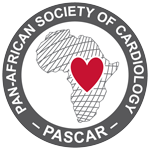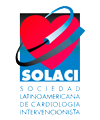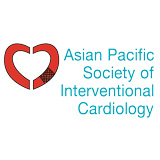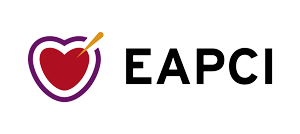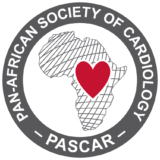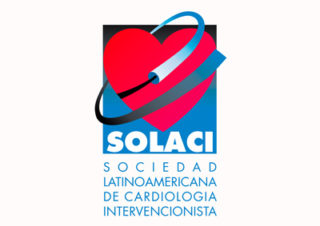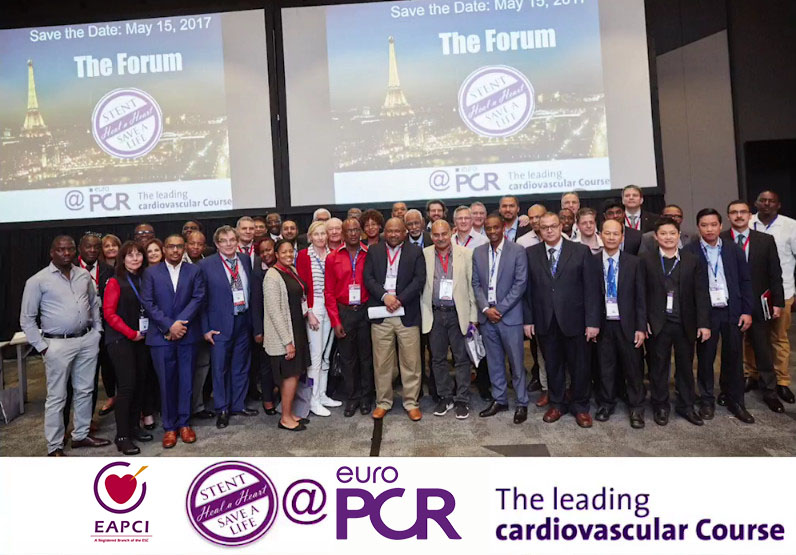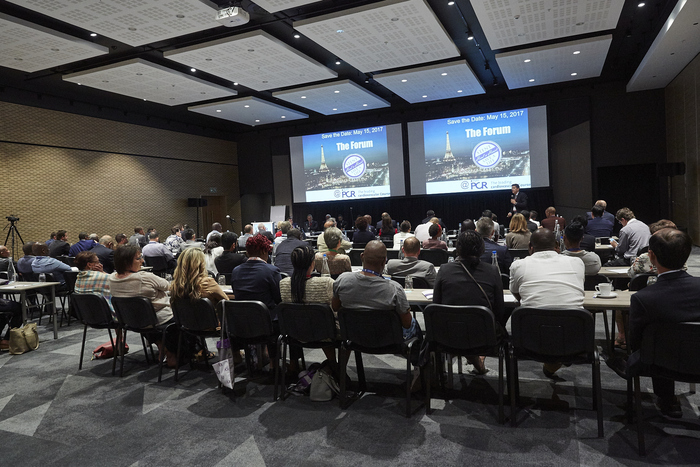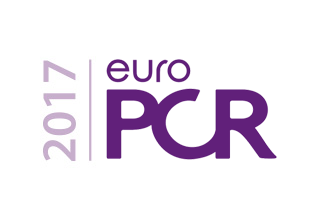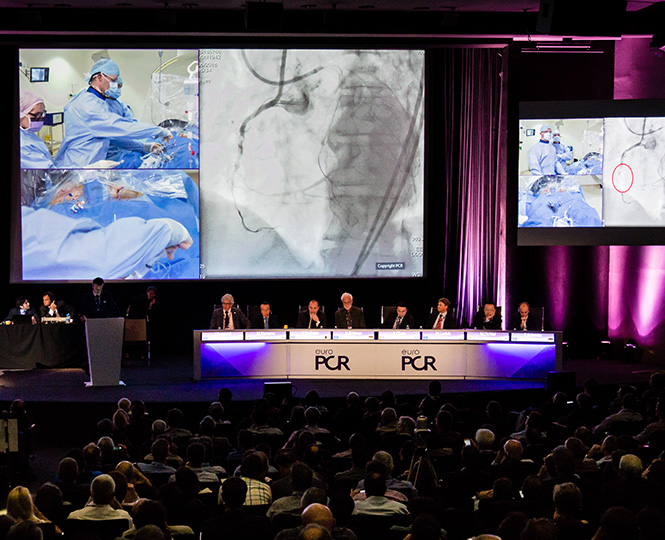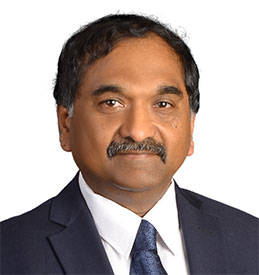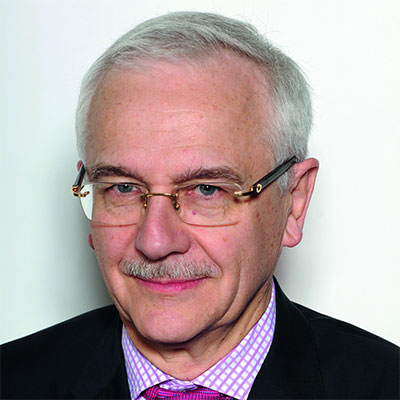ADVISORY BOARD
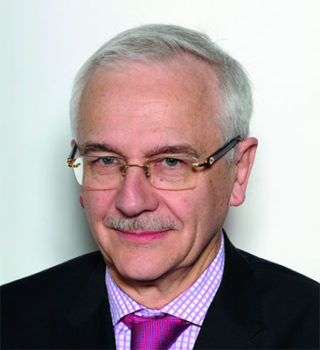
William Wijns
What is so fascinating with Stent – Save a Life! is that anyone who is exposed to the project feels compelled to engage in it. Providing timely reperfusion therapy to patients suffering from acute CAD is simply the right thing to do. Most importantly, for us to prompt the project is enough. From there, stakeholders are taking ownership. Stent – Save a Life! is everything but a top down project, which guarantees durability and long term success.
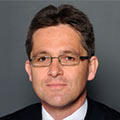
Andreas Baumbach
The research in interventional cardiology focuses on improving outcomes of patients treated for acute coronary syndromes. This includes the use of novel interventional devices, the assessment of new medication during and after procedures. My interest lies in minimising the size of the heart attack and also minimising the side effects of medication used adjunctively during acute procedures.
In the field of percutaneous valve implantation, I lead the pivotal trial on embolic protection during transcatheter aortic valve implantation. This technology might help to reduce the reate of stroke and subclinical cerebral infarcts during the procedure.
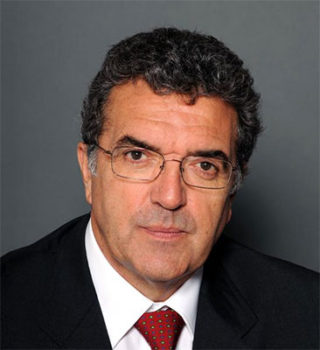
Jean Fajadet
and past President of EAPCI
There is strong evidence that primary-PCI for acute STEMI is now the gold standard of care. However, it is evident that its use in STEMI patients varies greatly across Europe. In those countries with a high rate of primary PCI, the number of untreated patients is low. Conversely, in countries with a low use of primary-PCI the number of untreated patients is high. The Stent – Save a Life! global initiative is well placed to make a difference across these countries by providing better access to treatment and education to patients.
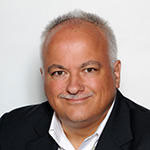
Michael Haude
EAPCI Member since February 2007. Since September 2009 EAPCI board member and responsible as chair for the EAPCI Fellowship program.
Member of the program building committee of EuroPCR congress 2013 and 2014. Invited speaker, facilitator and faculty member of different PCR congresses throughout the world.
Member of the ESC working Groups on Computers in cardiology and the former working Group on interventional cardiology.
National Working Group – AGIK (Working Group on Interventional Cardiology of the German Society of Cardiology), elected Chairman in 2008, 2011 and 2013-2015.
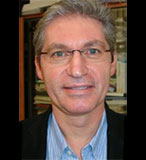
Petr Kala
I have been participating in the Stent – Save a Life! global initiative (SSL) as its Ambassador from its early phase and I am honored to accept the nomination to become the SSL Co-Chairman. I strongly believe in teamwork, collaboration and visions and I am very happy to have the opportunity to share the experience from my presidency of the Czech Working Group of Interventional Cardiology. Since 1995 I have been leading the primary PCI program and have been involved in building the nationwide primary PCI care that serves as one of the best examples of acute myocardial infarction systems in Europe. Membership in the EAPCI Committee for Databases and Registries, EAPCI Scientific Program Committee and EuroPCR Program Committee will help me to further implement the SSL mission in Europe and other geographies.
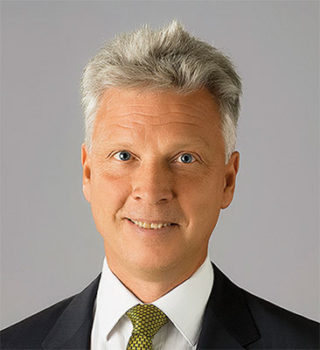
Steen D. Kristensen
I have been working as an interventional cardiologist at Aarhus University, Skejby, Denmark for the last 20 years and have been performing primary angioplasty for more than 15 years. I have been involved in many primary PCI projects and in the implementation of primary PCI nationwide in Denmark. My experience from my work as past president of ESC with responsibility for National Societies also gives me a good background for working with the Stent for Life global initiative on implementation of primary PCI in Europe. I think it is a very important project, and I am pleased and proud to be the past-Chairman of the Stent – Save a Life! Steering Committee.
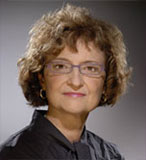
Marie-Claude Morice
Dr Marie-Claude Morice studied at the University of Medicine in Paris where she obtained her medical degree in 1973 and her Diploma in Specialized Cardiology Studies in 1975.
In 1986, she was appointed Head of the Interventional Cardiology Department of the CCN, the 2nd largest PCI center in France in 1990.
Since 1995, she has been the Head of Interventional Cardiology at the Institut Cardiovasculaire Paris (Générale de Santé) one of the highest-volume PCI centers in the Greater Paris Area.
Dr Morice is a Fellow of the European Society of Cardiology and the American College of Cardiology and Honorary Professor of the Universidad Del Salvador in Buenos Aires.
She is a guest faculty and invited chairperson at all major international Interventional Cardiology scientific sessions in Europe, North and South America and Asia and a board member of EuroPCR and a Senior Consulting Adviser.
Dr Morice has been involved in multiple clinical research activities over the past 20 years. She was voted Best Clinical Researcher in 1995 (Erasmus) and Cardiologist of the year in 1997. She was the co-founder of the French study group ‘Coronary Stenting Without Coumadin’, the Principal Investigator of the Ravel Trial, the Reality Study and the co PI of the Syntax Trial.
She is the President and Medical Director of the European Center for Cardiovascular Research (CERC) which was founded in 2008.
In 2013, Dr Morice was designated Best Interventional Cardiologist in France by the French magazine Capital.
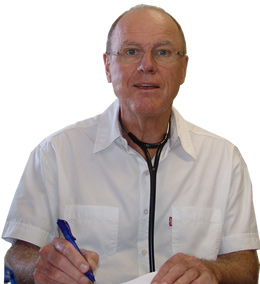
Tom Mabin
Dr. Tom Mabin is a pioneer of interventional cardiology in South Africa with more than 30 years experience in various coronary procedures and pacemaker implants. He is Team leader and Proctor for Edwards Sapiens TAVI valve implants since 2009. Dr. Mabin is Founding president and life member of South African society of cardiovascular intervention(SASCI) as well as Faculty member of various international interventional society meetings in Europe, Far East and USA.
He is also member of the editorial board of PCR online, Director of Crossroads Educational Institute Johannesburg and member of the research committee of the Stroke and Heart Foundation of South Africa. A part-time lecturer and Cardiology Board examiner at the University of Cape Town and College of medicine in South Africa.
Over the years he has developed special skills in “niche” areas and specialises in bi-ventricular pacemakers, closing congenital “holes in the heart” in adults and recently pioneered transcatheter aortic valve replacements (TAVI) in South Africa for patients deemed too frail to undergo routine open heart aortic valve replacements. He has founded the Vergelegen Heart Unit in Somerset West, South Africa in 1997.



